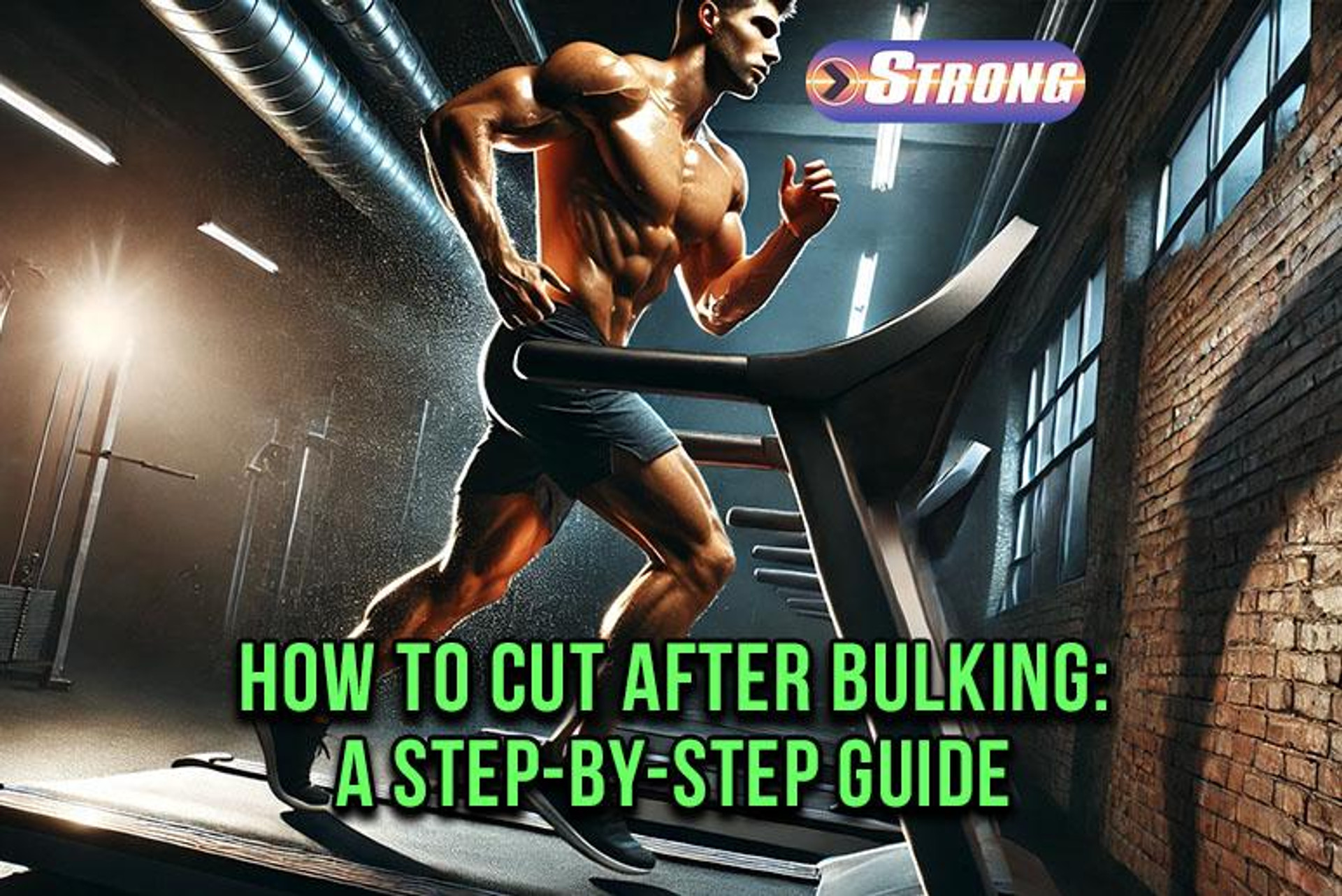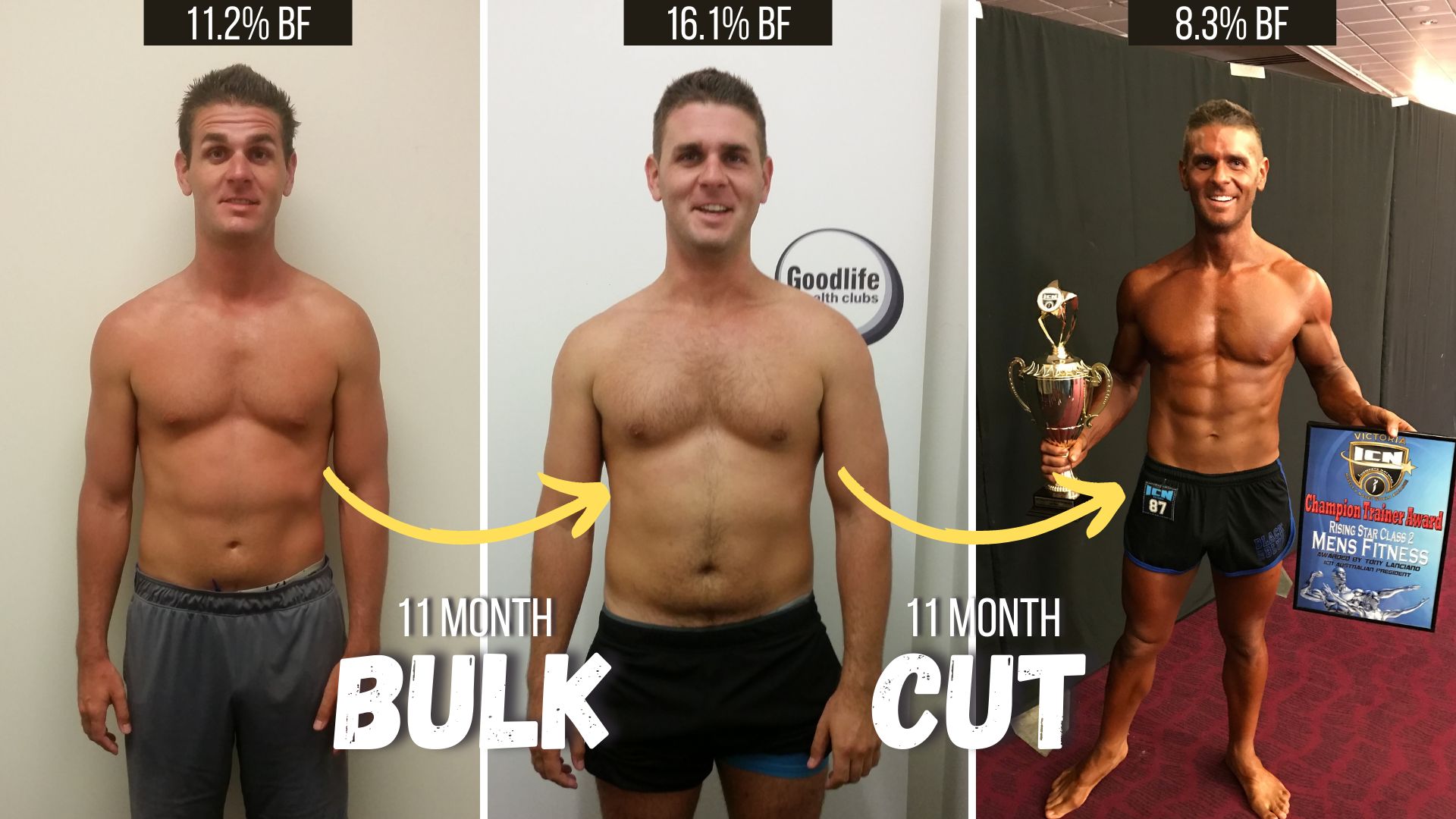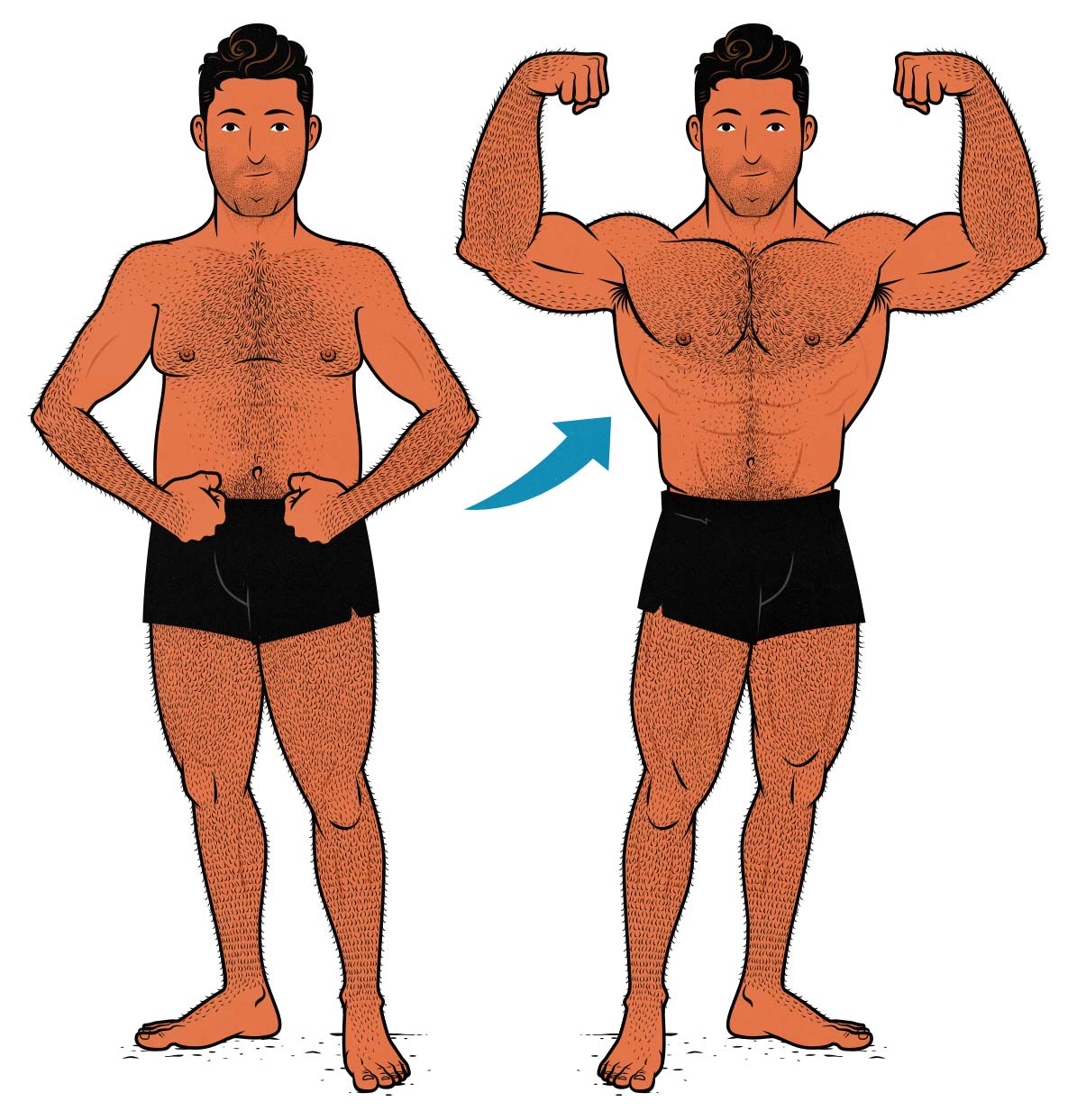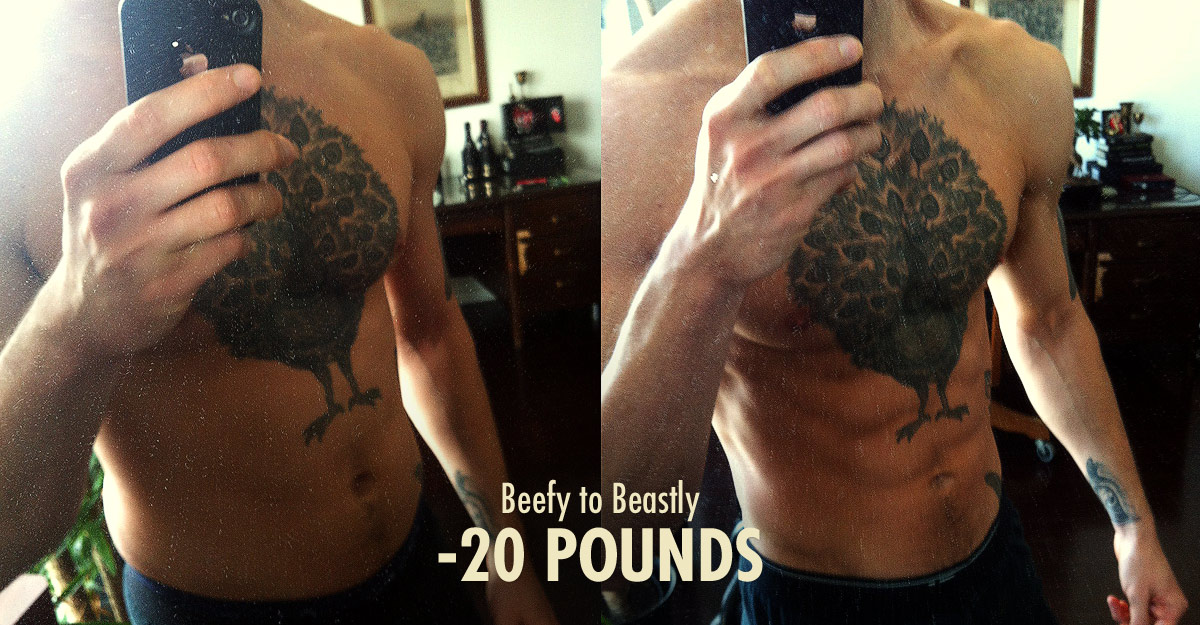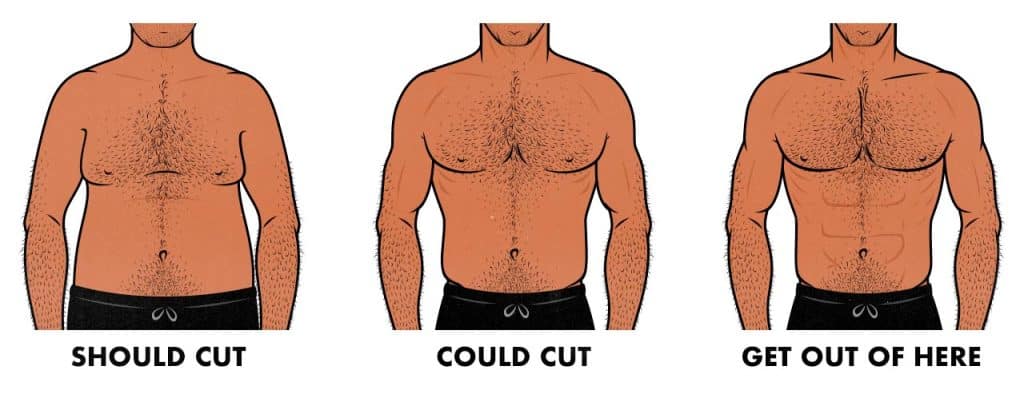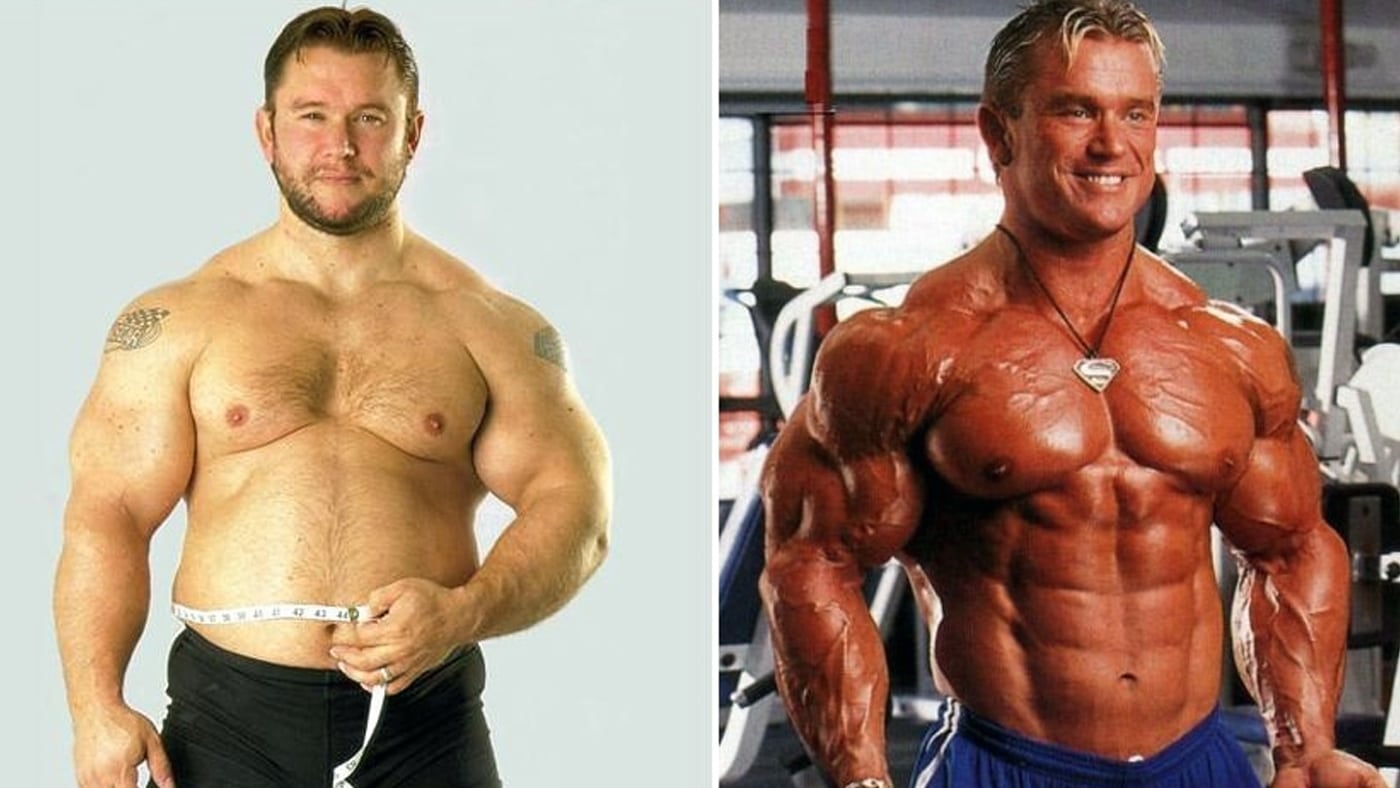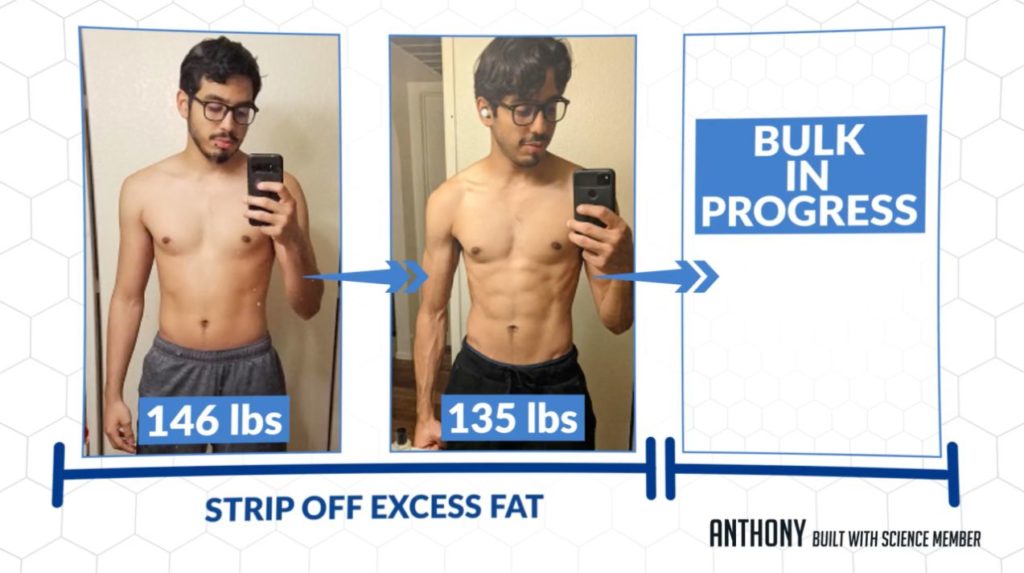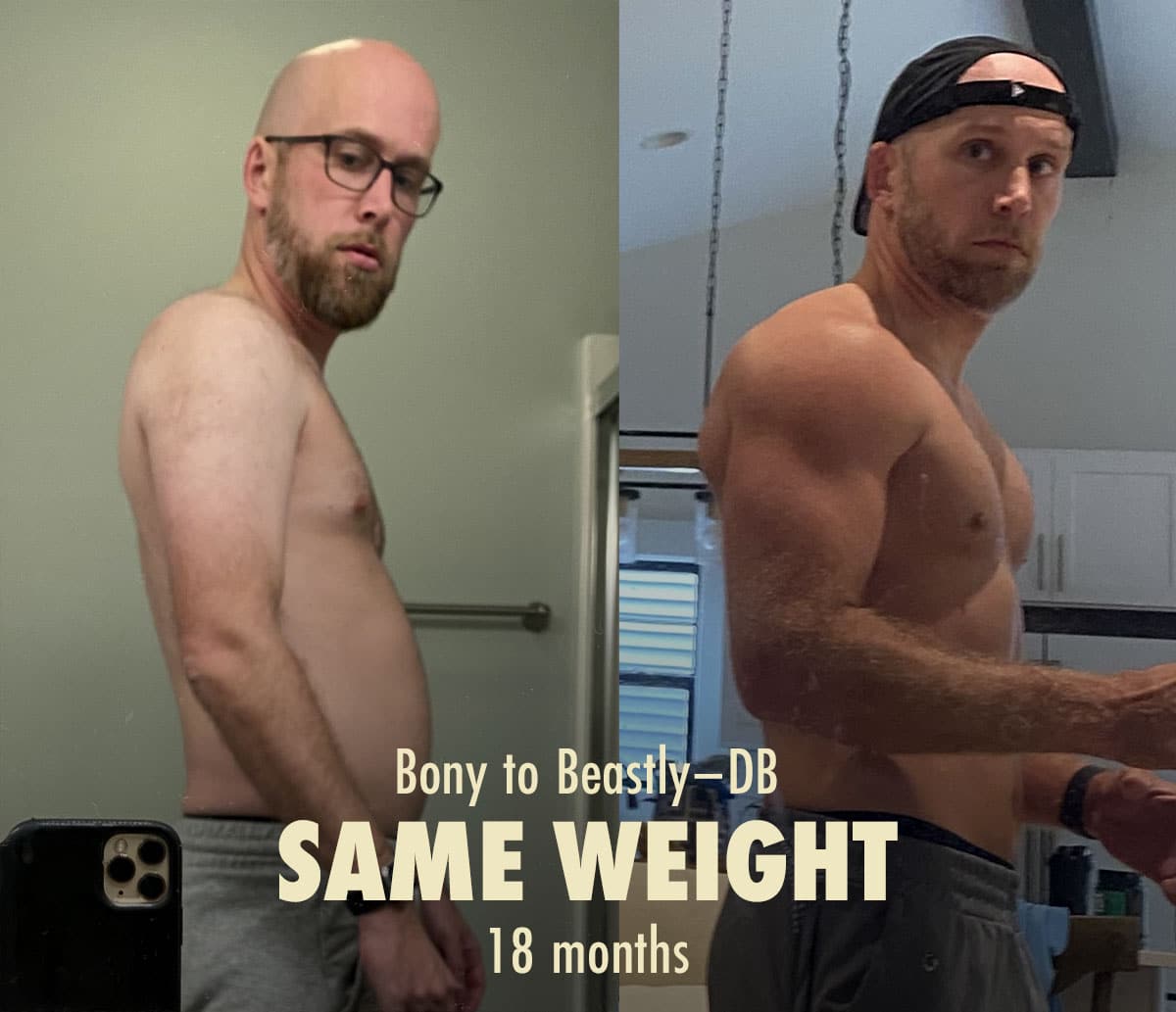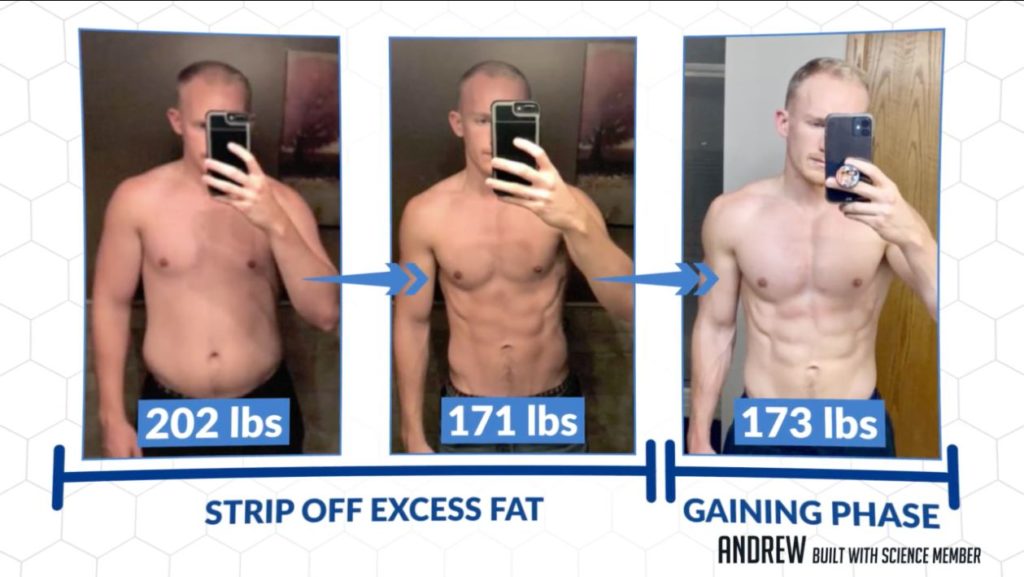How To Cut Fat After Bulking

Imagine the satisfaction of months spent sculpting your physique, pushing your limits in the gym, and fueling your body with the nutrients it craves. You've successfully completed a bulking phase, adding significant muscle mass and strength. Now, as the weather warms and the desire for a leaner, more defined physique grows, a new challenge presents itself: shedding the excess fat gained during the bulk to reveal the masterpiece beneath.
This is where the art and science of cutting comes in. It's a carefully orchestrated dance of nutrition, training, and lifestyle adjustments designed to preserve hard-earned muscle while strategically trimming away unwanted fat. Understanding how to approach this phase effectively is crucial for maximizing your results and avoiding common pitfalls that can lead to muscle loss or metabolic slowdown.
Understanding the Bulking and Cutting Cycle
The bulking and cutting cycle is a common strategy employed by athletes, bodybuilders, and fitness enthusiasts to optimize body composition. The bulking phase is characterized by a caloric surplus, meaning you consume more calories than you burn. This excess energy, coupled with intense resistance training, provides the building blocks and stimulus needed for muscle growth.
Inevitably, some fat gain accompanies muscle growth during a bulk. This is simply a consequence of the caloric surplus. The goal of the cutting phase is to reverse this process, creating a caloric deficit to encourage the body to tap into its fat reserves for energy, all while maintaining as much muscle mass as possible.
The Foundation: Caloric Deficit
At the heart of any successful cutting phase lies the principle of a caloric deficit. To lose weight, you must expend more calories than you consume. But how do you determine the appropriate deficit?
A moderate deficit, typically ranging from 300-500 calories below your maintenance level, is generally recommended. This allows for sustainable fat loss without drastically impacting energy levels or risking excessive muscle breakdown. Drastic cuts can lead to muscle loss and a sluggish metabolism.
There are many online calculators and formulas that can estimate your maintenance caloric needs based on factors like age, sex, weight, height, and activity level. Experiment and adjust based on how your body responds.
Prioritize Protein Intake
While a caloric deficit is essential for fat loss, adequate protein intake is paramount for preserving muscle mass during a cut. Protein serves as the building block for muscle tissue, and ensuring sufficient intake signals to your body to hold onto its hard-earned gains.
Aim for a protein intake of 1-1.2 grams per pound of bodyweight. This can be achieved through a combination of lean protein sources like chicken breast, fish, lean beef, eggs, and plant-based options like lentils, beans, and tofu.
Consider incorporating protein shakes or supplements to help meet your daily requirements, especially around workouts. Whey protein is a popular and effective option, but other sources like casein, soy, or pea protein can also be beneficial.
Strategic Carbohydrate Cycling
Carbohydrates play a crucial role in providing energy for workouts and replenishing glycogen stores. However, during a cut, strategically managing carbohydrate intake can enhance fat loss and improve energy levels.
Consider carbohydrate cycling, where you consume higher amounts of carbs on training days to fuel your workouts and lower amounts on rest days to encourage fat burning. This approach allows you to optimize energy levels when you need them most while still maintaining a caloric deficit overall.
Focus on complex carbohydrate sources like brown rice, quinoa, oats, and sweet potatoes, as these provide sustained energy and are rich in fiber.
The Importance of Resistance Training
Many people mistakenly believe that cardio is the key to fat loss. While cardio plays a role, resistance training is absolutely crucial for preserving muscle mass during a cut.
Lifting weights sends a signal to your body that your muscles are needed, preventing them from being broken down for energy. Continue to lift heavy, focusing on compound exercises that engage multiple muscle groups simultaneously, such as squats, deadlifts, bench presses, and overhead presses.
Consider slightly reducing volume or increasing rest periods to account for the caloric deficit. The goal is to maintain strength and prevent muscle loss, not necessarily to continue making significant strength gains during the cut.
Cardio for Enhanced Fat Loss
While resistance training is essential, incorporating cardio into your routine can further enhance fat loss and improve cardiovascular health. Both Low-Intensity Steady State (LISS) cardio and High-Intensity Interval Training (HIIT) can be effective.
LISS cardio, such as walking or jogging at a moderate pace, can be performed for longer durations and is generally easier on the joints. HIIT involves short bursts of intense exercise followed by periods of rest or low-intensity activity.
Experiment with both types of cardio to see what works best for you. Start with a moderate amount and gradually increase the frequency or duration as needed, while carefully monitoring your recovery and energy levels.
Prioritize Sleep and Stress Management
Adequate sleep and effective stress management are often overlooked but are critical for successful fat loss and muscle preservation. Sleep deprivation and chronic stress can elevate cortisol levels, which can promote muscle breakdown and fat storage.
Aim for 7-9 hours of quality sleep per night. Establish a consistent sleep schedule, create a relaxing bedtime routine, and optimize your sleep environment.
Practice stress-reducing techniques like meditation, yoga, or spending time in nature. These practices can help lower cortisol levels and promote overall well-being.
Hydration and Electrolytes
Staying properly hydrated is crucial for overall health and plays a significant role in fat loss. Water helps regulate metabolism, transport nutrients, and eliminate waste products.
Aim to drink plenty of water throughout the day, especially before, during, and after workouts. Consider adding electrolytes to your water, particularly if you are engaging in intense exercise or sweating heavily.
Electrolytes like sodium, potassium, and magnesium are essential for maintaining fluid balance and nerve function, and they can be depleted during a cut due to reduced carbohydrate intake.
Track Your Progress and Adjust Accordingly
Regularly track your progress to monitor your results and make necessary adjustments to your diet and training. Track your weight, body measurements, and body composition (if possible) on a weekly basis.
Take progress photos to visually assess your progress. If you are not seeing the desired results, gradually adjust your caloric intake, macronutrient ratios, or training routine. Remember to make small, incremental changes rather than drastic alterations.
It's also helpful to track your energy levels, mood, and sleep quality. These factors can provide valuable insights into how your body is responding to the cut and whether you need to make any adjustments.
Patience and Consistency are Key
The cutting phase requires patience and consistency. It's not a race, and it's important to avoid the temptation to crash diet or overtrain in an attempt to accelerate results. Sustainable fat loss takes time, and it's crucial to prioritize your health and well-being throughout the process.
Stay committed to your plan, be patient with yourself, and celebrate your progress along the way. Remember, the goal is to reveal the strong, sculpted physique you worked so hard to build, not to sacrifice your health or happiness in the process.
By following these guidelines and listening to your body, you can successfully navigate the cutting phase and achieve your desired physique. The journey requires dedication and discipline, but the rewards – a leaner, more defined physique and a greater sense of accomplishment – are well worth the effort.

